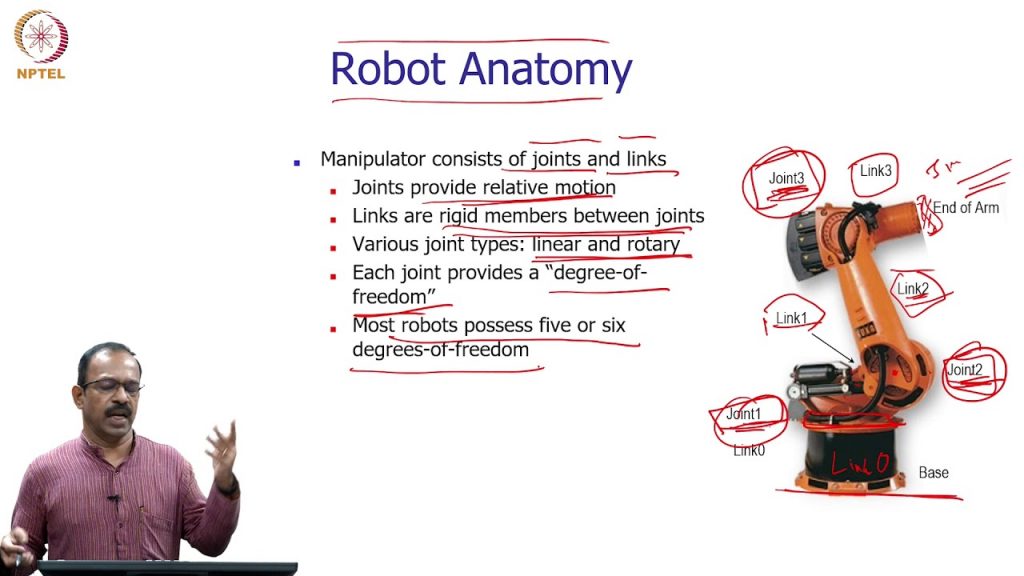Industrial Robot Systems: Exploring Kinematic Structures
In today's rapidly evolving technological landscape, industrial robots have become indispensable in various industries. These cutting-edge machines are revolutionizing manufacturing processes, increasing efficiency, and improving productivity. In this article, we will delve into the intriguing world of industrial robot systems, specifically focusing on the kinematic structures of these remarkable machines.
Introduction to Industrial Robot Systems
Industrial robots are programmable machines designed to perform a wide range of tasks with precision and speed. These robots are typically used in manufacturing facilities, where they automate repetitive and labor-intensive tasks, resulting in enhanced productivity and cost savings. They are capable of performing tasks such as assembly, welding, material handling, painting, and much more.
One of the key components that define the capabilities of an industrial robot is its kinematic structure. Kinematics refers to the study of motion, and in the context of industrial robots, it involves understanding the various ways in which the robot's joints and links are arranged to enable movement.
Kinematic Structures of Industrial Robots
There are several types of kinematic structures commonly used in industrial robots, each with its unique advantages and applications. Let's explore some of the most prevalent kinematic structures in industrial robot systems:
1. Cartesian Robots: Also known as gantry or rectilinear robots, Cartesian robots feature three linear joints that allow movement along the X, Y, and Z axes. These robots excel in applications that require precise positioning and are often used in industries such as packaging, material handling, and pick-and-place operations.
2. SCARA Robots: SCARA stands for Selective Compliance Assembly Robot Arm. These robots have three or four degrees of freedom and are commonly used for tasks that require high-speed and high-precision movement within a horizontal plane. SCARA robots are widely used in industries such as electronics, automotive, and pharmaceuticals.
3. Articulated Robots: Articulated robots are perhaps the most well-known type of industrial robot. They feature rotary joints, resembling a human arm, which allow for flexible movement. Articulated robots are highly versatile and are used in a wide range of industries, including automotive manufacturing, metalworking, and food processing.
4. Delta Robots: Delta robots, also known as parallel robots, are characterized by a unique kinematic structure that consists of multiple parallelograms connected to a common base. These robots excel in tasks that require high-speed and precise movement, such as packaging, sorting, and assembly operations.
Benefits of Industrial Robot Systems
The adoption of industrial robot systems offers numerous benefits for businesses across various industries. Some of the key advantages include:
1. Increased Efficiency: Industrial robots can work tirelessly without experiencing fatigue, resulting in increased productivity and efficiency. They can also perform tasks with consistent accuracy, reducing errors and rework.
2. Improved Safety: By automating hazardous and repetitive tasks, industrial robots help create a safer work environment for employees. This reduces the risk of workplace accidents and improves overall safety standards.
3. Cost Savings: Industrial robots can significantly reduce labor costs by replacing human workers in repetitive and physically demanding tasks. Additionally, they can optimize material usage, minimize waste, and improve overall operational efficiency.
4. Enhanced Quality Control: With their precise and consistent movements, industrial robots contribute to improved product quality and reliability. They can perform complex tasks with high accuracy, ensuring consistent results and reducing defects.
In conclusion, industrial robot systems with their various kinematic structures are revolutionizing manufacturing processes across industries. These advanced machines offer a wide range of benefits, including increased efficiency, improved safety, cost savings, and enhanced quality control. As technology continues to advance, we can expect industrial robots to play an even more significant role in shaping the future of manufacturing.
Check the coil packing solution with a leading manufacturer for the professional solution just here. Industrial Robot
"Understanding Industrial Robot Kinematic Structures and Systems - Unveiling the Mechanics Behind Industrial Robotics"
